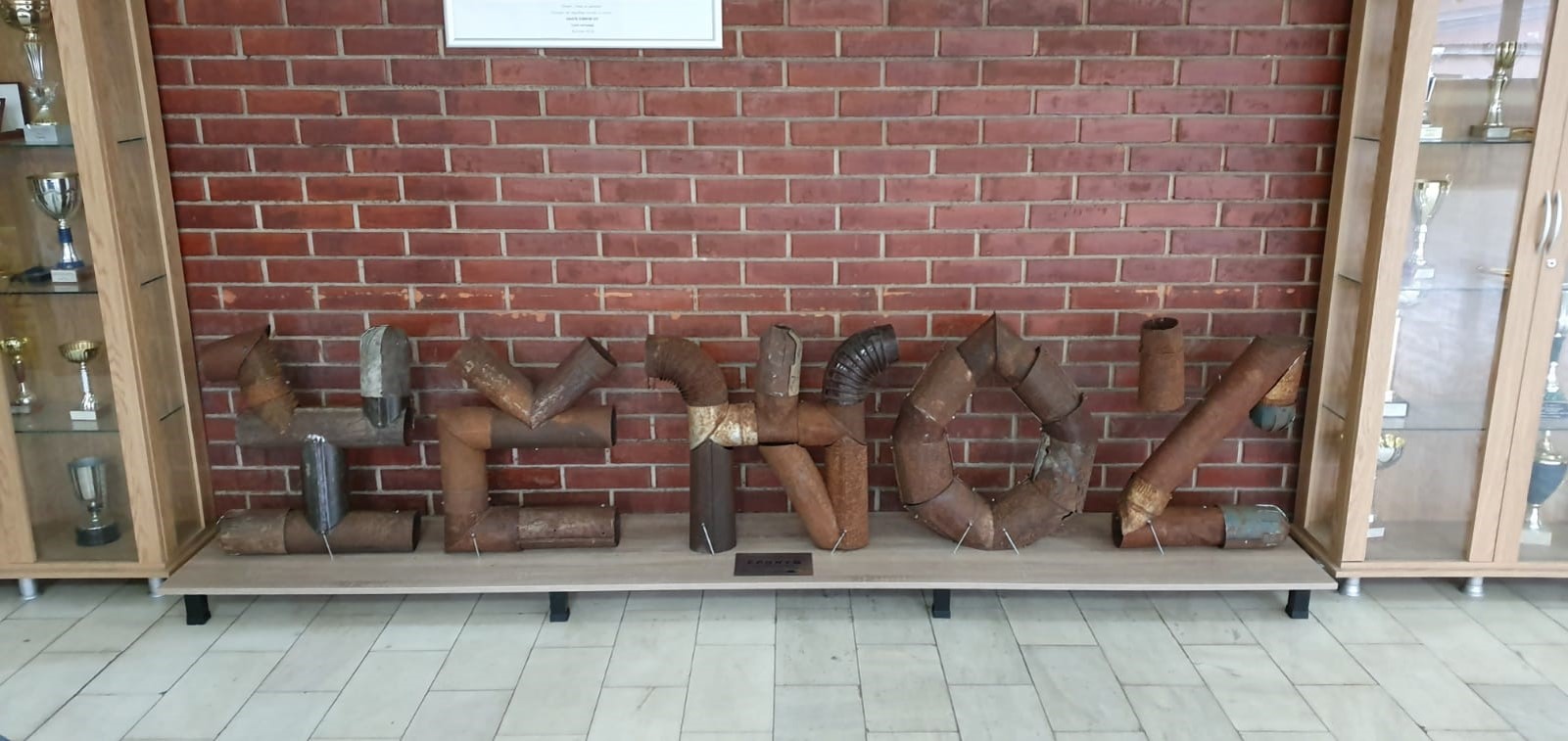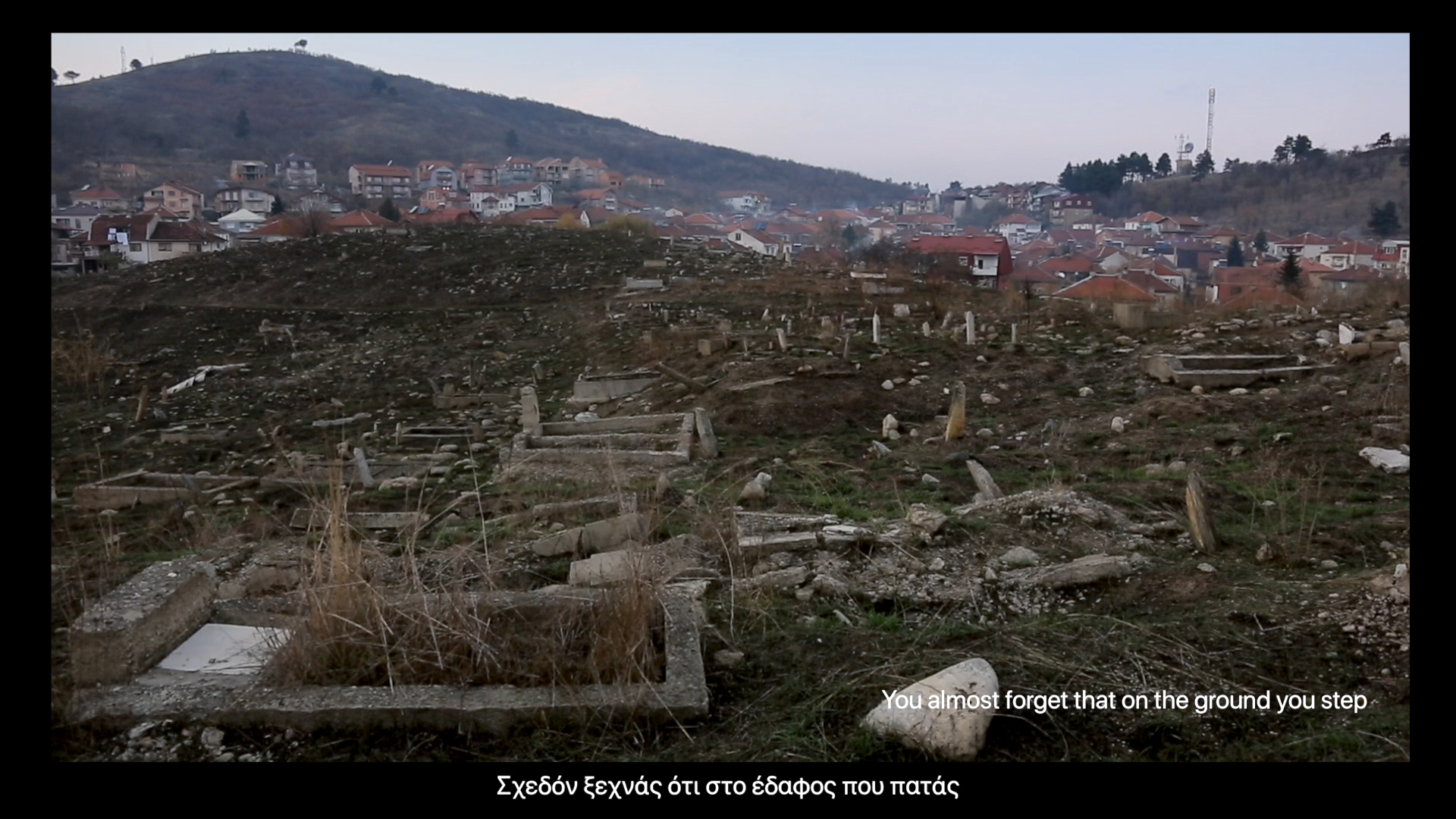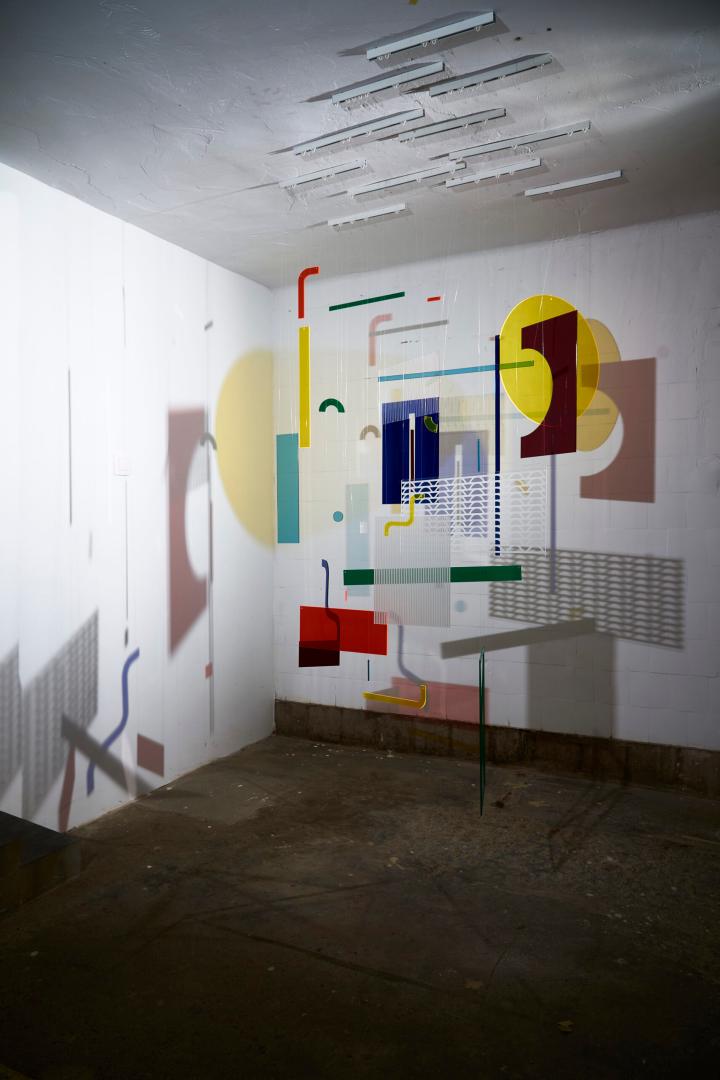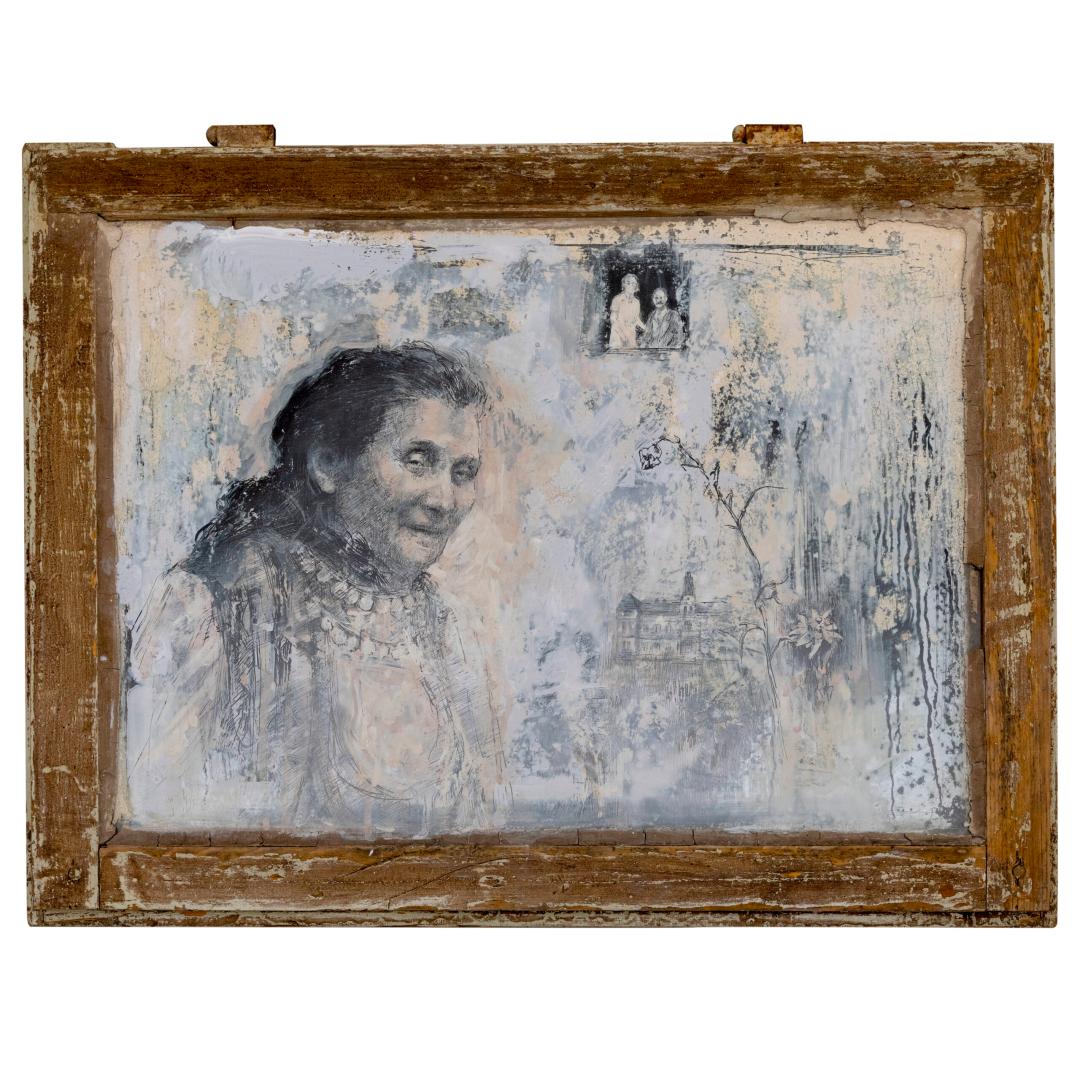ECHO
Basic information
Project Title
Full project title
Category
Project Description
ECHO is a project in the field of cultural heritage and arts. It aims to enhance cultural production and reinforce the European sense of belonging by connecting contemporary artistic creation with the heritage of European local communities beyond the limits of the EU and in specific in the Balkan region. ECHO includes a network of places/communities were heritage is subject to research and artistic creation: Bitola, Prespa Lake, Spetses Island, Novi Sad, Smolyan, Sofia, Veliki Preslav and Gyor.
Geographical Scope
Project Region
Urban or rural issues
Physical or other transformations
EU Programme or fund
Which funds
Description of the project
Summary
ECHO is an international project in the field of cultural heritage and arts. It aims to enhance cultural production and reinforce the European sense of belonging by connecting contemporary artistic creation with the heritage of European local communities beyond the limits of the EU and in specific in the Balkan region.
ECHO focuses on the heritage of group war trauma and local traditions and supports the local ownership of heritage management and use (be it tangible or intangible) beyond the ethnocentric Authorised Heritage Discourse (Smith, 2006) and the Universalist approach that exclude and alienate non-dominant groups, and downplay communities and other sub-national groups. Furthermore, ECHO stands against the established concept that heritage is fixed and is treated as an object of musealisation. Thus, it promotes an alternative philosophy of an ever-changing, dynamic heritage that subject to use and reuse according to the each-time needs of the communities.
ECHO captures and reflects local perceptions of heritage through artistic creation. In particular, it implements art residencies of foreign artists in selected local communities, and through artistic research, cross border contact, co-creation and ultimately new, original artworks ignites and fosters reflection and dialogue on community owned heritage use.
ECHO includes a network of places/communities were heritage is subject to research and artistic creation: Bitola and Prespa Lake (North Macedonia), Spetses Island (Greece), Novi Sad (Serbia), Smolyan, Sofia and Veliki Preslav (Bulgaria), and Gyor (Hungary).
Key objectives for sustainability
ECHO’s objectives are to: 1) tighten and promote the linkage between artistic creation and heritage, 2) enable contemporary artistic creation and co-creation based on cultural elements from Balkans and western European communities 3) capture and promote original images of arts of local communities, 4) maximise the digital footprint of the project and, 5) improve access to new audiences and build capacities for cultural professionals. In achieving these objectives, ECHO contributed in maintaining knowledge of cultural practices through artistic creation and co-creation inspired by local communities’ heritage, conservation of intangible heritage by creating depictions of studied practices and rejuvenating local and foreign interest in them and, the use of culture as an enabler and driver of the economic and social sustainability through the mobilisation of artists from involved countries, the engagement of locals in creative processes and, the digitisation of artworks and publishing of their digital copies under CC BY-SA 4.0 licence. ECHO constitutes an example of a sustainable approach to culture and arts since (a) It engaged members of local communities in co-creation processes with the artists thus building an inclusive implementation context, (b) It created local ownership by donating original artworks to be exhibited permanently in the local communities, (c) it created social ownership by opening access to a digital collection of artworks for all citizens-internet-users and, (d) it contributed to the enrichment of European culture by indexing digitised copies of artworks in the Europeana portal . Overall, ECHO served a vision for culture and arts that source from and belong to the (local) communities and not in the museums or under the safeguarding of experts. It supported that the use and reuse of heritage beyond the imposing, ethnocentric views, offers local communities tangible and intangible benefits.
Key objectives for aesthetics and quality
ECHO had the objective to revisit heritage through contemporary arts creation. Thus, tangible and intangible heritage was reconceptualised through contemporary artistic creations by artists from different European countries from the fields of painting, mural sculpture, graphic design, fashion design and craftworks. Artistic expression and diversity were the prerequisites for the selection of artists through an open call. Applications were jointly evaluated by project and residency coordinators. Artworks’ inspiration was fed by local heritage research and expressed through the individual artists’ style and technique. Regarding the quality of experience, the objectives of ECHO were to (a) satisfy the creative and professional needs of artists, (b) involve members of the local communities in the creative processes, (c) meet the artistic demands of experienced and non-experienced audiences alike. Regarding the former (aesthetics) the objective was met by the quality and plurality of artworks. As for the latter (CoE), it was met through the quality of activities and evaluated by surveying participating artists and mapping audience experience.
Key objectives for inclusion
ECHO key objectives were to (1) tighten and promote the link between artistic creation and local traditions, (2) enable contemporary artistic creation based on cultural elements from different European communities and (3) maximise the digital footprint of the project aiming at promoting the circulation of the works, at improving access to new audiences and at improving capacity building for cultural professionals. To that end, ECHO aspired to benefit artists through cultural and artistic practices exchange and stimuli. The inclusion of artists from countries with fewer opportunities in the artistic and creative sector aimed to create equal opportunities for them within the cultural domains and the European artistic scene. It also tried to benefit art receivers by promoting audience development through creations that concentrate local communities’ heritage and arts from new, old and future EU states. In addition it focused on a creative and co-creative (depending on the case) approach where there was active involvement of members and stakeholders from the local community, allowing citizen engagement and public participation. Furthermore, it had as a prerequisite for the local activities to be open to the wider audience to take place in spaces that were widely accessible. Lastly, the digitisation of artworks and their publication under the CC BY-SA 4.0 licence not only promotes further access to the artworks but also provides open content for reuse. In that way, ECHO managed to benefit artists and local communities through participation in the creative process (creation and co-creation), and European audiences with the reciprocal opening of the artworks to the public space space, be it physical via donations) or digital (via an open access repository).
Results in relation to category
Impact on the short, mid and long term:
- New artistic incentives to local communities that enable sustainability and support of local creative economy
- Familiarisation with open content and licensing
- Artistic & cultural exchange via a transnational mobility approach
- Self-reflection on perceptions of local heritage
- Rejuvenation of cultural life and artistic creation
- Application of an interdisciplinary approach, methodology, and practice for heritage (re)use beyond museualisation through artistic means
- Strengthening and promotion of diverse cultures on the European level
- Development of a transnational network of professionals (arts and CCS)
- Increase of people’s openness to cultural influence as a means of social progress on a European level
- Professional development of artists
In specific, ECHO resulted in the following: (1) create and disseminate new perspectives of heritage through mobility and local activities, spreading the united-in-diversity concept; (2) Inspire creation through local heritage and empower artists through mobility and inter-European exchange of ideas and concepts; (3) Open up local heritage and arts to European citizens through open digital content; (4) Explore and rejuvenate local heritage by enhancing a European sense of belonging through artistic creation and co-creation. Boost the dynamic use of heritage through active reuse thus contributing to the local creative economy and the artists’ economic support; (5) Communicate local heritage among communities, sparking dialogue, enhancing Europeanness; (6) Help CCS and GLAM professionals cultivate new skills in the digital shift context.
In quantitative terms:
- 146 art pieces created.
- 52 artworks digitised and offered under an open access, creative commons licence
- 52 digitised artworks integrated in the Europeana collection
- 29 artworks donated by the artists to local communities
- 6 Local Exhibitions reached 2000 people.
- 4 catalogues
How Citizens benefit
Co-creation was central during the implementation and development phases. Main steps were to:
- Establish relations with Municipalities and local authorities in order to communicate the Art Residencies (ARs), ask support, explore potential collaborations and identify key stakeholders functioning as multipliers in the local society.
- Establish relations with local society in order to identify institutions, organisations and structures active in related fields, invite locals and volunteers
- Arrange an open community space during the ARs where locals could visit and learn about the project and co-creation, share ideas, give feedback and meet the artists
- Establish cooperation with Community Engagement Activities (CEAs) during the ARs and Local Arts Exhibitions (LAEs)
- Field research on local heritage and existing artistic footprint based on local needs, concerns, challenges and opportunities
- Design of a Local Visibility Action Plan through open presentations, interviews in media, press releases, invitation to stakeholders and promotion of printed material
ECHO implemented 6 ARs delivering artworks representing and promoting heritage beyond local limits. Also, 4 CEAs and 7 LAEs were organized targeting local and wider audiences. CEAs functioned as introductory meetings between artists and locals while LAEs presented the results in wider audiences (local and transnational) .
Locals identified a permanent engagement of a core of people with practical (materials, technical support) and conceptual (theoretical conversations and knowledge) contribution. Artists coming from other communities, international audiences and people not familiar with local heritage engaged in dialogue, comparative exploration, brain-storming and self-reflection.. Emotional mobilization was important as people were often moved and inspired by artworks. Beyond the artistic part there was also a learning dimension for audiences.
Physical or other transformations
Innovative character
ECHO adopted a bottom-up approach to explore local heritage, focusing on its importance as part of a wider Pan-European culture.
There is a thin line that separates art from heritage, as today’s art is tomorrow’s heritage. ECHO seeked to bridge the gap between past and present, making heritage a starting point for contemporary expression while enforcing the universal message of dynamic preservation and (re)use. ECHO benefited artists and local communities and developed audiences with the aim to tackle established heritage discourse. Understanding heritage as a property of the experts, creating heritage elites that preserve and use it in an authorised manner, is exclusicist as it does not reflect universal ownership of heritage as promoted by international organisations and treaties but leads to the exploitation of heritage for the promotion of national identities in the expense of subaltern, marginalised groups. Instead, heritage could be of community use than being imposed in a top-down manner.
By designing an integrated digital strategy, heritage assets were mapped to reach audiences via existing and new channels of communication and dissemination. The digital strategy contributed to the preservation of the artworks produced during the project, and offered new perspectives of (re)use by incorporating public participation and attaining sustainability by linking cultural resources produced with local markets and communities involved.
By disseminating selected heritage as spaces of collective memory, aligned to the values of safeguarding and cultural inheritance, the actions implemented were creatively intertwined with local society for social development, and with creative industries for sustainability and capitalization. The creative activities attracted both in situ visitors and an online community of researchers, art aficionados, students, scholars, artists and curators.
Learning transferred to other parties
ECHO used local heritage as a dialogue point bringing communities in contact by feeling distinct and simultaneously integrally European. It built a network of creativity. Exchange of ideas and people, and different community heritage across countries promotes diverse European cultures.
Community activities enhance partnerships between authorities, cultural organisations, businesses and civil society that foster CCSs. This practice can be adopted in different contexts to benefit communities and as a good practice to discuss different topics.
ECHO employs interdisciplinarity by combining diverse arts, research tools and communication means. Interdisciplinarity in artistic production is documented in the forms of creation and as a result in the subjects that intervene in support, conception and communication. CC industries are by nature interdisciplinary combining culture and economy. Thus, ECHO practices provide potential for local development and spill-over on the economy.
Local communities can take advantage of methods to attract funding, town twinnings and projects on arts and heritage. They can also use them to (re)open dialogue on heritage and expand it in the civil society and history fields.
CCS stakeholders can benefit from participatory approaches that offer new skills, tools and business models to attract audiences. Due to the need for new technologies’ competences, ECHO methods offer possibilities to CCS to build capacities for transmission of traditional skills and know-how in the digital shift context.
ECHO online platform is CC BY-SA 4.0 licenced. Content can be reused and provide crowdsourcing tools to share or enrich material through mega platforms such as Europeana.
ECHO aspires to establish art inspired by local heritage. This element evolves concepts of local-European-Balkan inspiration, non-ethnocentric use of heritage, and heritage-through-arts approaches. Thus, it is 1 step in a big effort to creat






